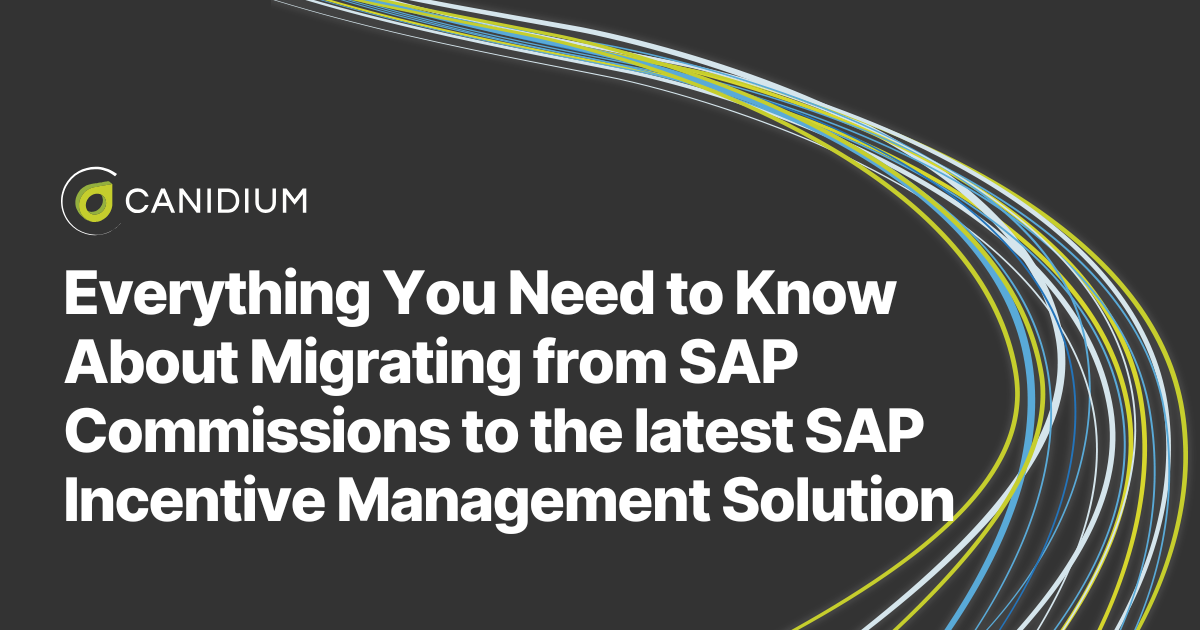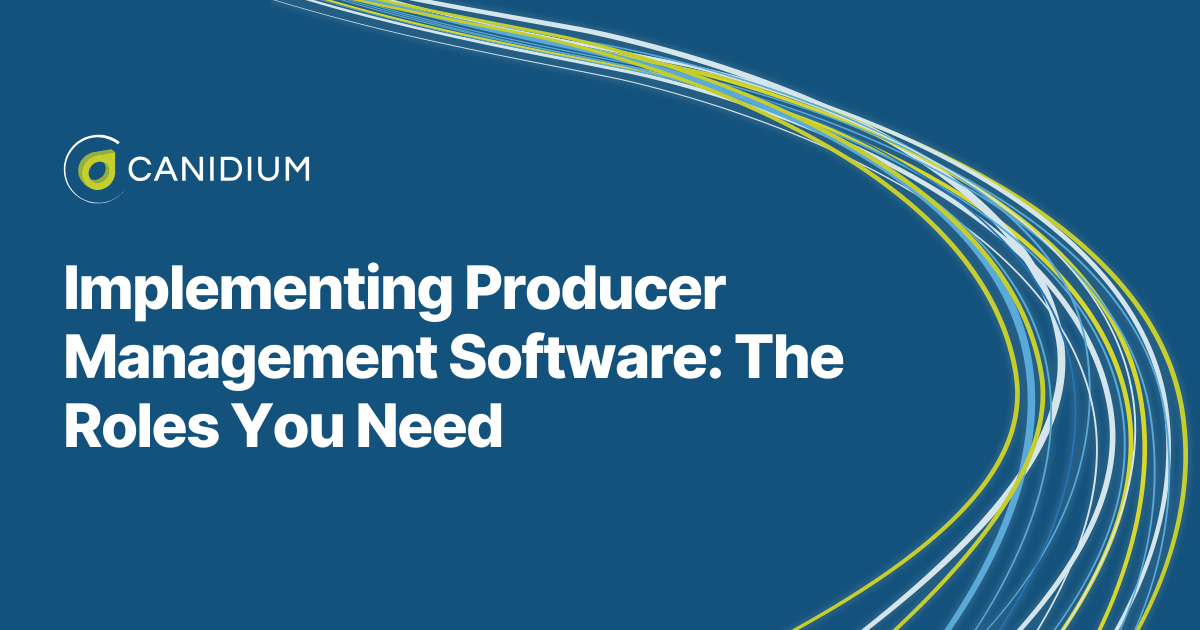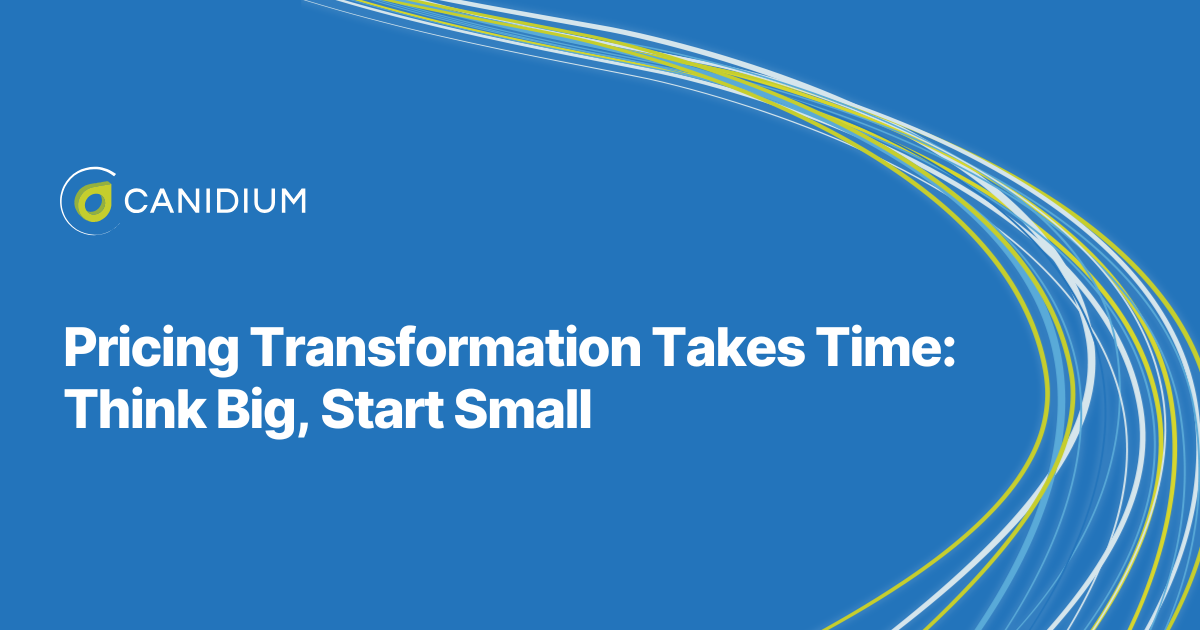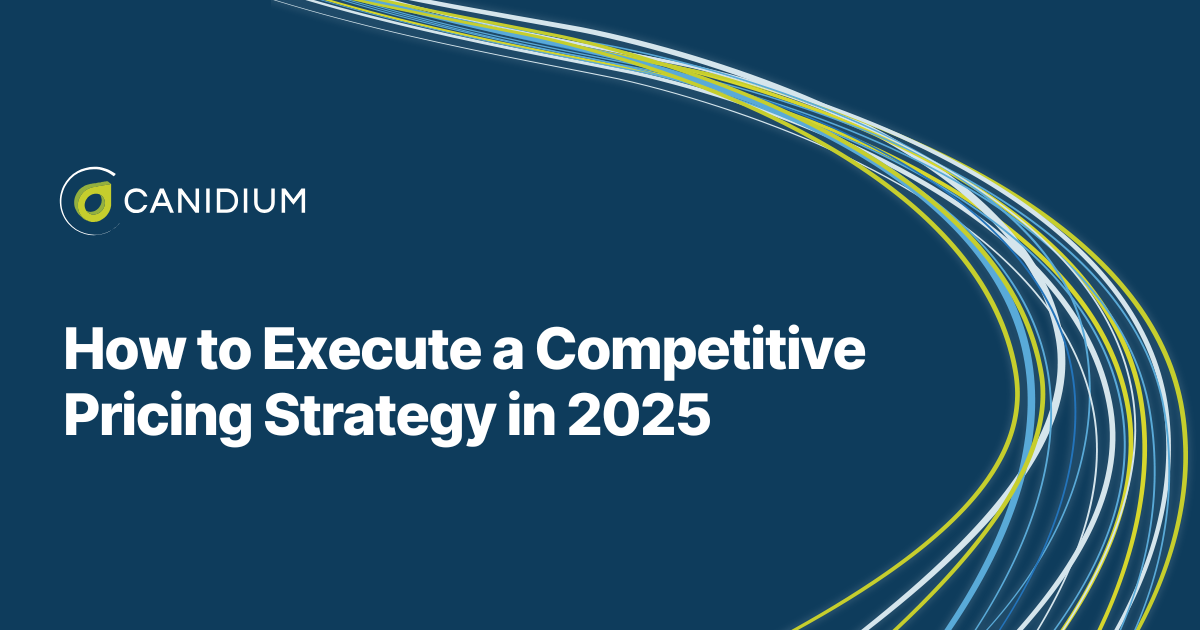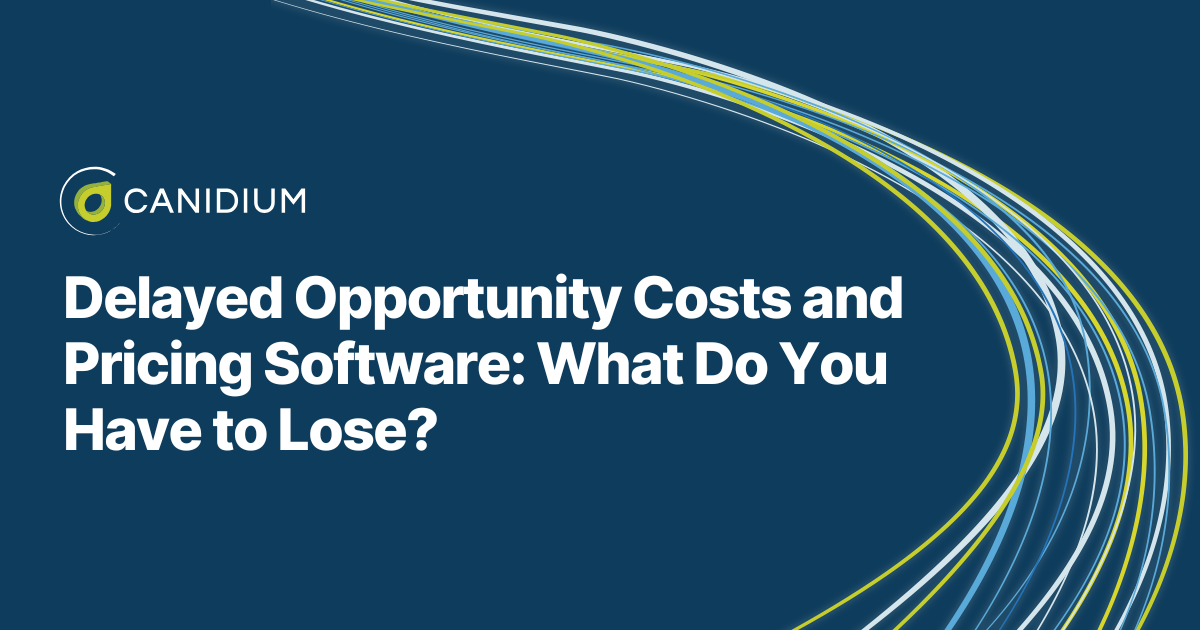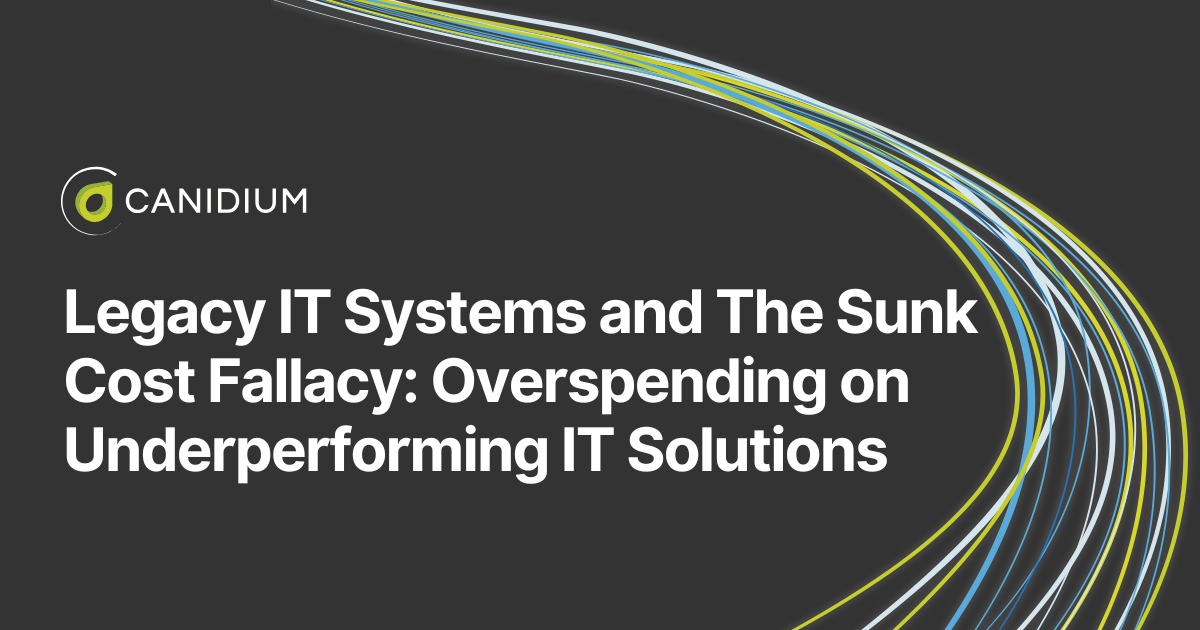The deadline for migrating to SAP HANA is fast approaching. With SAP's end-of-maintenance date for CallidusCloud Commissions set for December 31, 2026, migrating to HANA is now necessary for businesses looking to future-proof their operations.
While 'migration' implies a basic data transfer, the shift to SAP HANA is better described as an upgrade. After switching over, HANA will enhance system performance, unlock new capabilities, and future-proof your IT landscape. You will experience faster data processing, more efficient data storage, and access to SAP's robust suite of analytical tools.
To help you prepare, this comprehensive guide walks you through the key benefits, challenges, and steps to successfully migrate from Oracle to HANA.
Why Companies Upgrade to SAP HANA
Migrating from Oracle to HANA requires a significant infrastructure alteration. Still, at the same time, the benefits of shifting from Oracle to HANA are undeniable. Here are some of the most prominent returns companies see after a migration:
Massive Scalability
SAP HANA's in-memory computing technology allows you to handle increasing data volumes without performance degradation. For example, a retailer experiencing surges in online transactions can scale up instantly without system slowdowns. Imagine an e-commerce company launching a flash sale event. With SAP HANA, the company can seamlessly process thousands of transactions per minute without website slowdowns or backend processing delays, ensuring a positive customer experience.
Enhanced Performance
SAP HANA processes data in real-time, enabling faster reporting, insights, and improved decision-making. An enterprise using SAP SuccessFactors Incentive Management can process complex compensation calculations in minutes instead of hours. For example, a global pharmaceutical company could instantly calculate sales commission adjustments after a product launch, ensuring their sales team receives timely and accurate incentives.
Advanced Analytics
SAP HANA's predictive analytics and machine learning capabilities help businesses forecast trends and drive data-informed strategies. For instance, a manufacturing company can leverage HANA's analytics to predict maintenance needs and minimize downtime. Alternatively, an automotive manufacturer can use HANA's analytics to monitor machine sensor data in real time, proactively identifying potential breakdowns and scheduling maintenance before production halts.
Reduced Complexity & Simplified IT Landscape
With SAP HANA, you consolidate multiple systems into a unified data platform, reducing maintenance costs and streamlining data management. For instance, a financial services firm can eliminate redundant data marts and achieve faster reporting. A bank operating across multiple regions can centralize customer data, improving reporting accuracy while reducing the time spent reconciling records from disparate legacy systems.
Cost Savings
Although the initial investment may seem high, long-term savings arise from reduced maintenance, improved efficiency, and simplified data management. For example, a logistics company can reduce IT overhead costs by eliminating third-party database management tools and consolidating operations within SAP HANA, streamlining support and reducing system downtime.
Future-Ready System
SAP HANA aligns with SAP's latest innovations, including SAP S/4HANA, ensuring your organization stays current with emerging technologies. For example, a consumer goods company gains access to SAP's latest supply chain planning tools, enabling it to respond swiftly to market shifts and reduce lead times.
Seamless Integration with SAP S/4HANA
Migrating to SAP HANA positions your organization to adopt SAP S/4HANA, SAP's next-generation ERP system. S/4HANA modules like Finance, Sales, and Production Planning benefit from HANA's in-memory capabilities, enabling real-time business operations. For instance, a large manufacturing enterprise can integrate production schedules with real-time inventory levels, minimizing stockouts and optimizing production efficiency.
Access to Enterprise Tools
SAP SuccessFactors Incentive Management provides access to SAP's enterprise-grade technology, including integration, identity management, and advanced analytics powered by SAP Analytics Cloud. For example, a multinational corporation can leverage SAP Analytics Cloud for consolidated sales performance dashboards, enabling executives to gain real-time insights into regional and global sales performance.
How to Orchestrate a Successful Oracle to SAP HANA Migration
Your infrastructure, business processes, and goals are unique, meaning that the nuances of your system migration may be similarly distinctive. However, there is a uniform process you can follow to ensure you are covering all your bases.
Here is a walkthrough of the seven steps you need to take.
Step 1: Initial Assessment
Begin with a brief evaluation conducted by SAP or a certified partner like Canidium. This 3-6 hour assessment identifies your database size, complexity, and customizations, shaping the roadmap for your upgrade.
Step 2: Timeline and Pricing
SAP outlines the upgrade timeline and costs based on system evaluation. Partners like Canidium work with SAP's professional services team to ensure accurate planning.
Step 3: Findings and Plan Review
SAP shares a detailed upgrade plan, highlighting potential challenges and steps to mitigate them. This gives organizations a clear picture of what to expect.
Step 4: Choosing the Right Upgrade Path
Organizations can choose from three upgrade approaches:
- Professional Services (PS): Clients can opt for SAP Professional Services (PS), which follows SAP's Activate methodology.
- Software Implementation (SI) Partner: SI partners have the expertise to carry out the Upgrade process using the Activate, Agile, or Hybrid methodologies, depending on the client's preference and requirements. This route allows clients to choose the methodology that best suits their needs.
- PS Subcontracts SI Partners: In some cases, PS may subcontract SI partners to assist with the upgrade, following the selected methodology. This route allows clients to leverage the expertise of both PS and SI partners for a successful Upgrade process.
Step 5: License Date Determination
Establish a license date as the deadline for finalizing paperwork and budget approvals, ensuring a smooth project kickoff.
Step 6: Contract Signing
To set the foundation for the upgrade, formalize the agreement with SAP, including scope, costs, and responsibilities.
Step 7: Execution of the Upgrade
The upgrade begins with data migration from Oracle to SAP HANA, followed by system configuration and rigorous testing to ensure data integrity and performance. If you are working with an SI partner, they can use processes like validation testing to minimize data loss and ensure seamless transitions.
Common Migration Hurdles
Migrating from Oracle to HANA is an intricate process. To help you understand the scope of what your software implementation partner will tackle during your upgrade, here are several project hurdles and tasks:
- Data Testing & Validation: Ensure data consistency through functional and ETL testing. Before going live, your SI partner will verify data types, field mapping, referential integrity, and error handling.
- Master Data Cleansing: It's vital to cleanse and deduplicate master data before migration to avoid post-upgrade discrepancies. Your SI partner will help you find and prepare your data.
- Customization Handling: SAP ECC systems often have custom fields. Your SI partner will ensure these are correctly mapped or re-implemented in SAP HANA.
- Adapting to New S/4HANA Modules: Business processes, screens, and workflows differ in SAP S/4HANA. However, effective change management mitigates productivity drops. If you are working with an SI partner, they will help you navigate the change management process with their extensive experience overseeing this transition.
- Fiori Interface Configuration: SAP S/4HANA uses the Fiori interface for a modern user experience. Proper configuration ensures security, especially for mobile access beyond corporate firewalls. Your SI partner will configure the interface according to your requirements.
- Continuous Updates & Documentation: Frequent S/4HANA updates necessitate thorough documentation to maintain system stability. Your SI partner will provide the necessary documentation.
- Data Security Considerations: Transitioning from Oracle to SAP HANA shifts security responsibilities. Your SI partner can conduct security assessments and implement best practices to protect sensitive data.
Understanding Oracle to SAP HANA Upgrades
Oracle to HANA migrations position your business for future growth. The transition can unlock real-time performance, advanced analytics, and simplified operations. By partnering with experts like Canidium, the process can be seamless.
So, if you are ready to begin your journey toward a smarter, future-ready enterprise, contact our specialists. We will walk you through what this upgrade process will look like at your organization and the potential results you can expect.
In the meantime, prepare for your project with this explanation of 5 common myths about transitioning from Oracle to SAP HANA.


